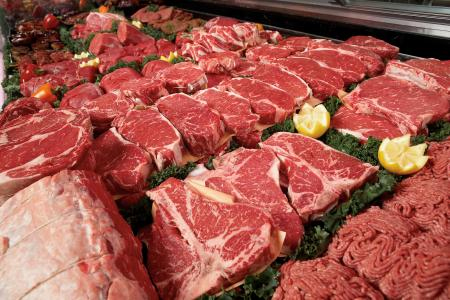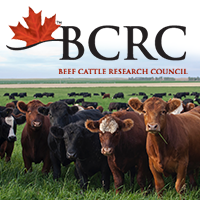-

February 18, 2014Beam Me Up This article written by Dr. Reynold Bergen, BCRC Science Director, originally appeared in the February 2014 issue of Canadian Cattlemen...
Keep Reading -

May 21, 2013E-beam Irradiation Research: New Fact Sheet and Video Irradiation is approved for food treatment in over 50 countries. In Canada, irradiation is...
Keep Reading -

April 29, 2013Revisiting Irradiation This article written by Dr. Reynold Bergen, BCRC Science Director, originally appeared in the January 2013 issue of Canadian...
Keep Reading